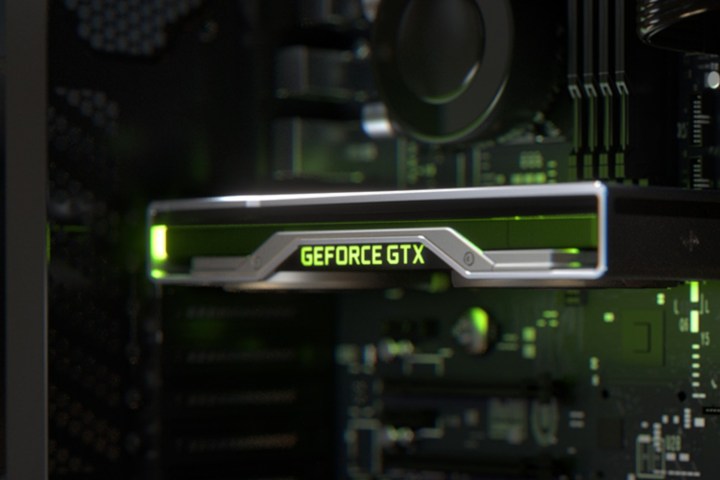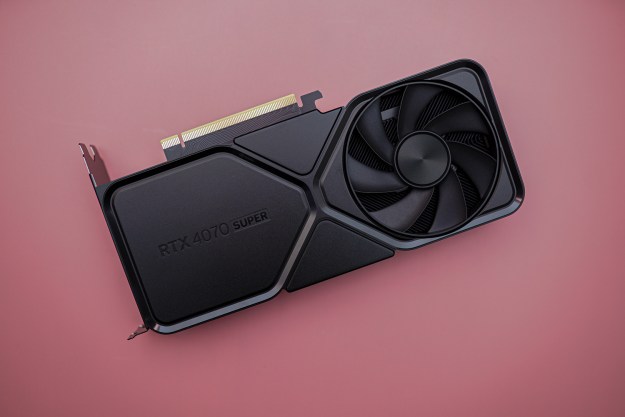A new benchmark for Nvidia’s GeForce RTX 2050 has provided some insight into what type of performance to expect from the upcoming laptop GPU.
As reported by NotebookCheck and VideoCardz, the Nvidia GeForce RTX 2050 was recently tested using the 3D Mark Fire Strike benchmark, revealing a score of 9,673. The result confirms the mobile graphics card is around 23% faster than the GTX 1650.

Although there isn’t much to boast about when beating previous-generation video cards, a score of 9,673 comfortably beats the GeForce GTX 1650 (7,891 points), as well as the GeForce MX450 (4,131). According to NotebookCheck, the RTX 2050 is positioned between the GeForce GTX 1650 Ti and GTX 1660 Ti in the 3D Mark Fire Strike benchmark.
Both the 1650 and 1660 are based on the Turing architecture, while Nvidia designed the RTX 2050 with an Ampere-based GPU, so there really isn’t much to be excited about when it can’t even outperform boards released nearly two years ago. Of course, the reason behind its mediocre performance is the card’s disappointing technical specifications.
Nvidia’s GeForce RTX 2050 sports 2,048 CUDA cores, 256 tensor cores, 32 ray tracing acceleration cores, and 4GB of GDDR6 memory. Notably, the 64-bit bus interface only offers 112GB/s of bandwidth. Comparatively, the RTX 2060 features 336GB/s of bandwidth. Elsewhere, a boost clock of up to 1,477MHz is lower than the 1,560MHz clock speed the RTX 2060 is capable of running at.
One area where the RTX 2050 performed favorably in is video encoding efficiency. It managed to edge out Intel’s Iris Xe iGPU with 96 Execution Units in the tests.
Still, despite the lackluster technical specs, Team Green obviously hopes the laptop GPU will attract consumers looking for an entry-level gaming system. It highlights DLSS and real-time ray tracing as the standout features for the video card. Nvidia also mentioned compatibility with its Optimus technology, which aims to deliver a “perfect balance between long battery life and optimum performance.”
When the GeForce RTX 2050 was revealed in December 2021, Nvidia also confirmed the existence of two other entry-level laptop GPUs, the GeForce MX570 and GeForce MX550. All three cards are scheduled for a launch sometime this spring. Looking beyond that, Nvidia’s next-gen RTX 40-series is expected to arrive in September.
Editors' Recommendations
- RTX 4090 owners are in for some bad news
- Nvidia RTX 50-series graphics cards: news, release date, price, and more
- You shouldn’t buy these Nvidia GPUs right now
- Nvidia DLSS is amazing, but only if you use it the right way
- Nvidia just made GeForce Now so much better





